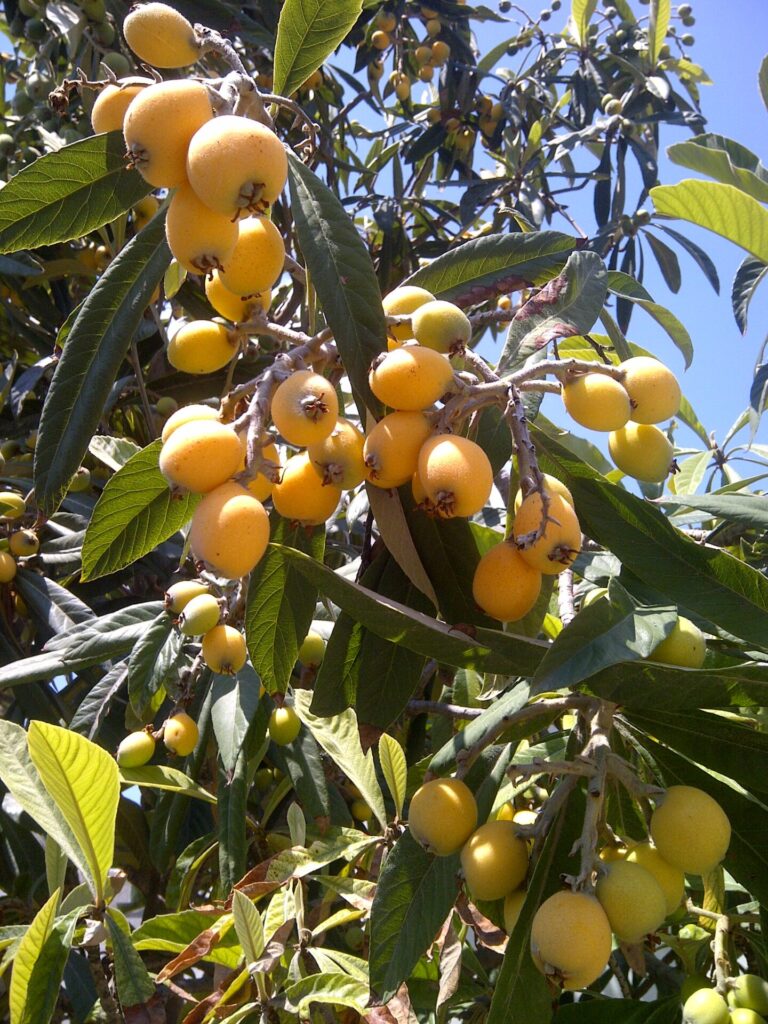This is a subtropical tree of the rose family Rosaceae grown for its evergreen foliage
and edible fruit. It can grow up to 30-feet but for those gardeners that keep the tree under 10-feet in
height, it starts to take on the appearance of a shrub that can have a 20 to 30 year life-span. The
perennial nature of this shrub has other names known as Japanese plum or medlar, the Chinese
plum, and May Apple. There are many different uses in traditional medicine for the fruit. The flowers
form on the tips of the branches that are younger than 6-months and produce the flowers in clusters
or panicles. A loquat is a type of fruit that tastes somewhat like papayas and guavas or mango and
apricot flavors. It does better in warmer climates, particularly if you are looking to grow the tree for
the fruit, but you can also use it as an ornamental tree.






